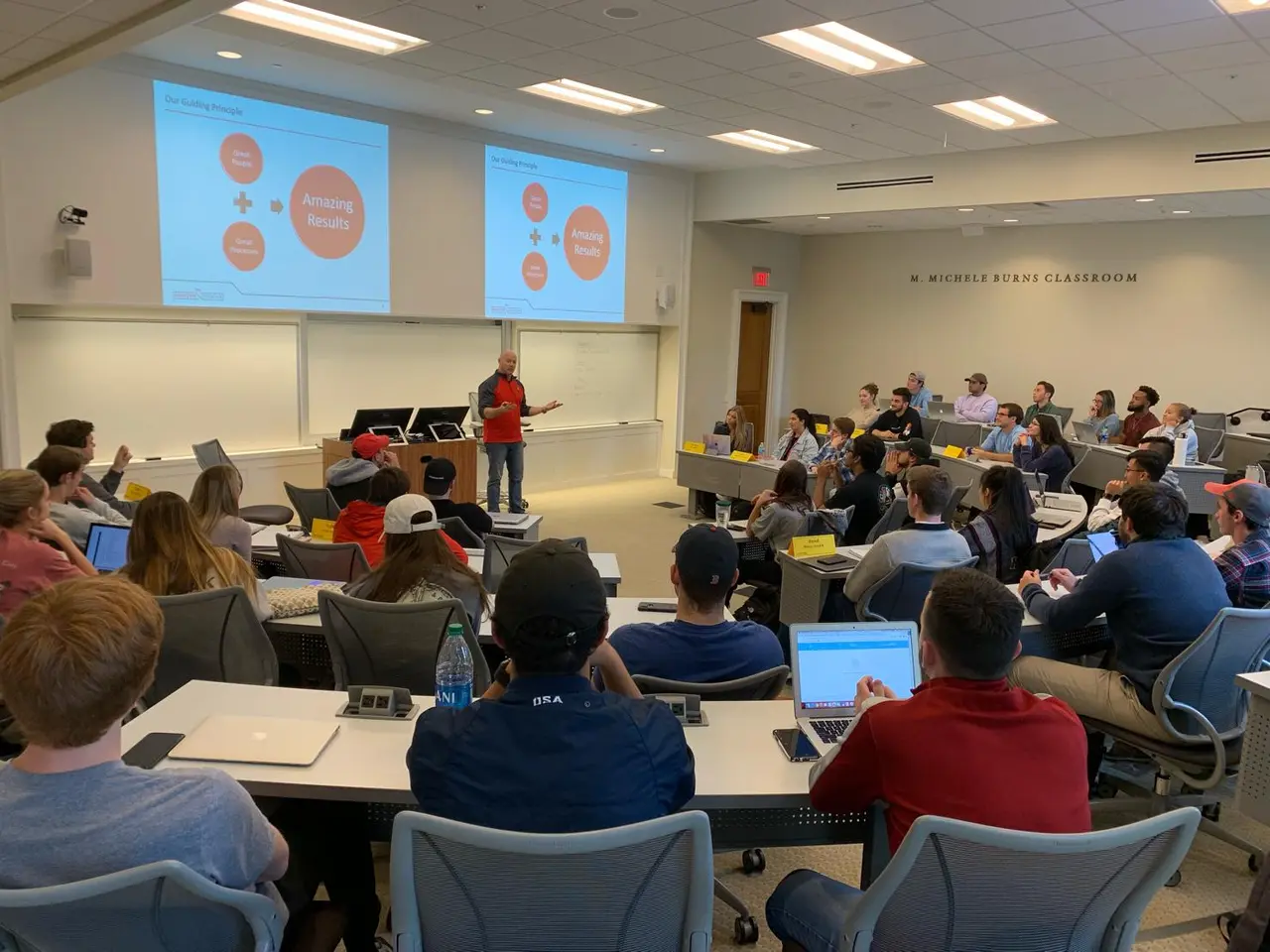Leadership is a crucial factor in any organization’s journey towards process improvement. It not only helps set the vision but also drives the teams toward achieving it. In this blog, we will explore the various aspects of leadership’s role in enhancing process improvement initiatives.

Understanding Process Improvement
Process improvement is a systematic approach aimed at enhancing organizational workflows. Understanding its importance is the first step for any leader.
It involves identifying areas where processes can become more efficient, ultimately leading to reduced waste and increased productivity. Leaders must not only grasp the fundamentals of process improvement but also communicate its significance to their teams.
By fostering a culture that embraces change, leaders set the foundation for continuous growth. This lays the groundwork for team members to not only contribute but also innovate.
Moreover, leaders can enhance their understanding of process improvement by engaging in training and development. They can then share their insights, encouraging team members to adopt similar learning mindsets.
The Visionary Role of Leaders
Visionary leadership is essential as it provides direction in process improvement initiatives. Leaders must see the bigger picture and articulate a clear vision that aligns with the organization’s goals.
When leaders collaborate with stakeholders to define a vision, they empower their teams to take ownership of the process. This transformational approach engages employees, encouraging them to contribute to the overall vision of process improvement.
Additionally, setting measurable goals while keeping the vision in mind helps teams stay focused. Leaders must communicate each step of the improvement journey, reassuring team members that their contributions are valued.
Ultimately, a strong vision serves as a guiding light, ensuring that all efforts in process improvement are strategically aligned and driven by a shared purpose.
Creating a Supportive Environment
Creating a supportive environment is critical for fostering successful process improvement. Leaders play a vital role in nurturing an atmosphere where employees feel safe to express their ideas and concerns.
An open-door policy can be a game changer, encouraging dialogue and enabling leaders to identify obstacles early on. By being approachable, leaders build trust, which is essential for collaboration.
Moreover, providing the necessary resources and tools demonstrates a leader’s commitment to process improvement. Access to training and development opportunities allows team members to elevate their skills, leading to enhanced performance.
As part of this supportive environment, celebrating small wins is equally important. Recognizing accomplishments not only boosts morale but also reinforces the belief that each team member plays a crucial part in the process.
Building Cross-Functional Teams
Cross-functional teamwork is vital to process improvement, and leaders are instrumental in bringing diverse skill sets together. By promoting collaboration among different departments, leaders facilitate the exchange of ideas and perspectives.
When teams from varied backgrounds collaborate, they can tackle challenges from different angles. This diversity fosters creativity and innovation, leading to more effective solutions for process inefficiencies.
Leaders should also encourage team bonding activities to strengthen relationships. A cohesive team is more likely to work effectively toward common goals in process improvement initiatives.
By establishing a culture that values collaboration, leaders set the stage for shared success in process improvement efforts, ultimately benefiting the organization as a whole.
Promoting Continuous Improvement Mindset
Promoting a continuous improvement mindset is a hallmark of effective leadership. Leaders must inspire their teams to see beyond immediate goals and recognize that process improvement is an ongoing journey.
Encouraging team members to question existing processes and experiment with new approaches is vital. Leaders should cultivate an environment where learning from failures is embraced rather than feared.
Moreover, continuous feedback loops are essential in this process. Leaders should implement regular check-ins to assess progress and gather input, making necessary adjustments along the way.
Ultimately, when leaders champion a culture of ongoing improvement, they empower their teams to seek innovative solutions that drive organizational success.
Measuring and Celebrating Success
Measuring success is key to understanding the impact of process improvement initiatives. Leaders must define clear metrics that align with the organization’s objectives to track progress effectively.
Data-driven insights provide valuable feedback, allowing leaders and teams to evaluate what works and what needs refinement. Transparency in measurement encourages accountability and strengthens the commitment to improvement.
Once milestones are achieved, celebrating these successes is just as important. A simple recognition can go a long way in motivating teams, elevating morale, and reinforcing the value of their hard work.
In conclusion, effective measurement and celebration of successes not only validate the efforts of those involved but also create momentum for future process improvement initiatives.
The Importance of Leadership in Driving Process Improvement
In conclusion, effective leadership is fundamental to successful process improvement. From setting a clear vision to fostering a culture of collaboration and accountability, leaders play an indispensable role in guiding organizations through the complexities of change.
